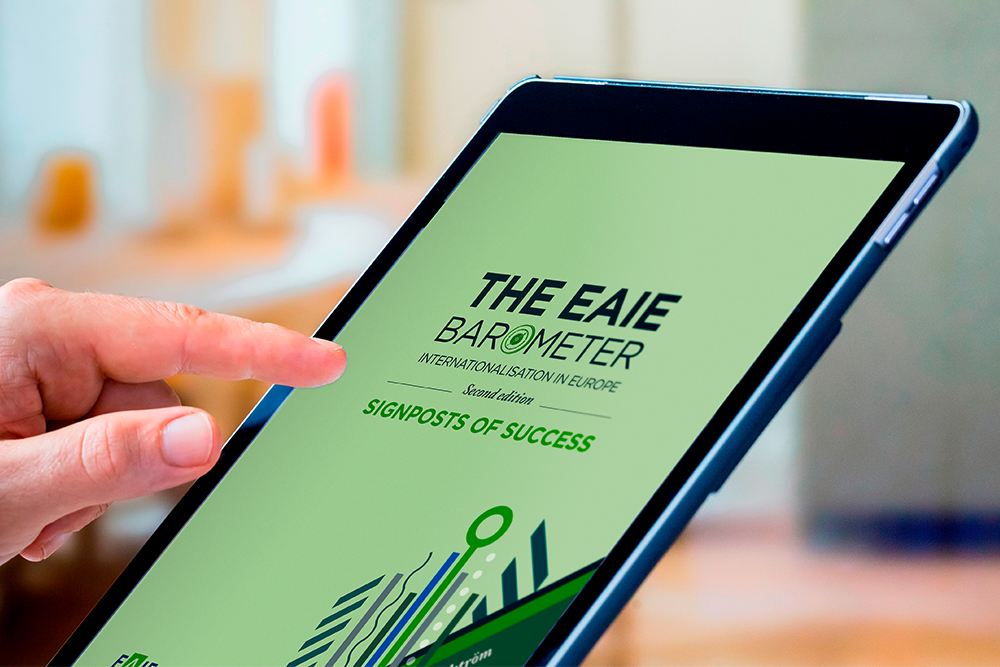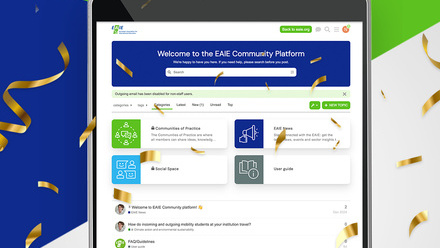EAIE report offers indicators of successful internationalisation

What’s the secret to success among higher education institutions that are most confident about their internationalisation efforts? The latest report in the EAIE Barometer series seeks to highlight the most important signposts on the road to successful internationalisation.
Building on the September 2018 release of the EAIE Barometer (second edition), the largest and most geographically diverse dataset on the state of internationalisation in Europe, this week the EAIE is launching the next report in the Barometer series.
Signposts of success takes a deeper dive into the data presented in the second edition of the Barometer, reporting on the organisational and strategic commonalities shared by institutions where practitioners are most optimistic about the current and future state of internationalisation. Mining the 2317 survey responses from professionals working on internationalisation at 1292 higher education institutions in 45 countries across Europe, this report looks at the institutional similarities among respondents who:
- perceive their institutions to be above average in internationalisation in their national context,
- are confident about the future of internationalisation, and
- have reported comparatively greater progress than other respondents in pursuing their prioritised internationalisation activities.
This report presents a detailed analysis of the survey data as it relates to these practitioners’ perspectives on their institutions’ progress in internationalisation and their outlooks on the future. This analysis revealed nine key factors common to institutions that consider their internationalisation performance successful, ranging from alignment of internationalisation with the university’s academic mission, to the existence of an institution-wide strategy.
Some of the key questions addressed in Signposts of success include:
- What are the common denominators among higher education institutions where practitioners are most confident about the current and future state of internationalisation?
- Funding, quality of education and research, societal impact – what makes for the most effective motivator behind internationalisation?
- What support do staff need to help advance the internationalisation agenda?
- What are the big-picture relationships between mainstreaming internationalisation within the institution, collaboration across different departments and overall success?
The EAIE Barometer: Internationalisation in Europe (second edition) – Signposts of success is now freely available for digital download via the EAIE website. Later this summer, the EAIE will follow up with the next publication in this series, Money matters, which will examine the Barometer data in relation to how the most successful institutions deal with issues related to funding of internationalisation.




